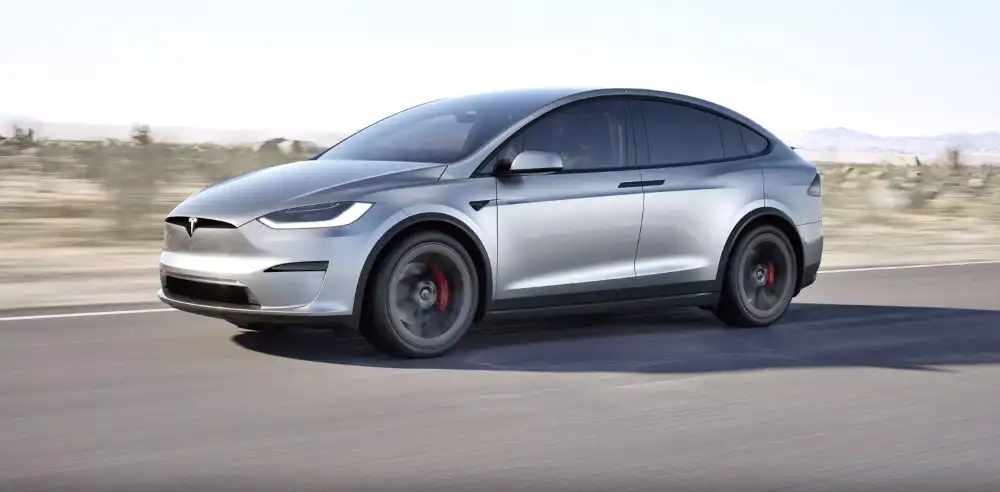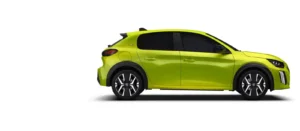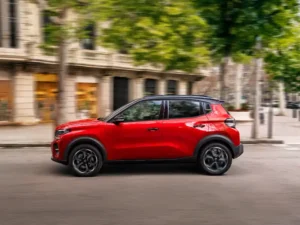Tesla seem to have removed Model S and X from UK and Europe.
The past decade has shown that Tesla operates differently from the norm. It’s a mix of genuine innovation and reality distortion. Discussions about its helium-powered share price sparked endless debates about the market’s reliability. Elon Musk’s 50 billion dollar pay package was so extreme that a Delaware court struck it down.
Even the details of Tesla’s car production, standards, sales, and driving are subject to intense scrutiny. A fanbase bordering on fanaticism often dismisses these questions. They’ve been swayed by Musk’s charisma, even ignoring his bizarre friendship with President Trump, which involved saluting, firing, and shamefulness.
However, Tesla itself has taken a different approach. They’ve recently offered Musk a 29 billion dollar pay package. This package includes 96 million shares, significantly increasing his voting rights, and ensures he remains on the leadership team for at least two more years.
The impact of this announcement will likely linger for some time. It comes amid a dramatic slowdown for Tesla, partly due to a decline in popularity during the period when Musk heavily endorsed President Trump. Despite selling more EVs in the US than any other carmaker, Tesla’s sales have declined by 8% in the US and 33% in Europe, where his political involvement has been less prominent.
In comparison, the (unannounced) removal of the Model S and Model X from European configurators seems insignificant. This is especially true in the UK, where both cars were only available as left-hand drive variants, effectively rendering them unviable options for most buyers. However, the broader implication is that interest in the older, larger models has waned to such an extent that it no longer makes sense to sell them in Europe, despite Tesla’s recent light facelifts.
Assuming this is the final nail in the coffin, it is an ignominious end for the Model S, a multi-award-winning car that pioneered not only for its brand but also for EVs in general. It established battery-powered models as a viable option beyond major cities for the first time. As such, while preceded by the Roadster, the long-running liftback remains synonymous with Tesla and deeply ingrained in its origin story. Its increasingly outrageous output, epitomised by the tri-motor Plaid with over 1,000hp, set the benchmark for every other OEM to chase.
Regardless, both cars will continue to be sold in the States, although the duration of this is uncertain. European buyers can still purchase remaining stock through the Tesla website, but this will likely be the last option, with no apparent like-for-like replacement in the pipeline. Indeed, much of Tesla’s focus is now on the next big thing: robotaxis and the licensing of autonomous driving technology to other manufacturers. An investor reportedly told Reuters, “If Tesla succeeds in expanding the technology, there’s a case to be made that Tesla doesn’t need to sell cars and trucks anymore.” So much for the rules.





